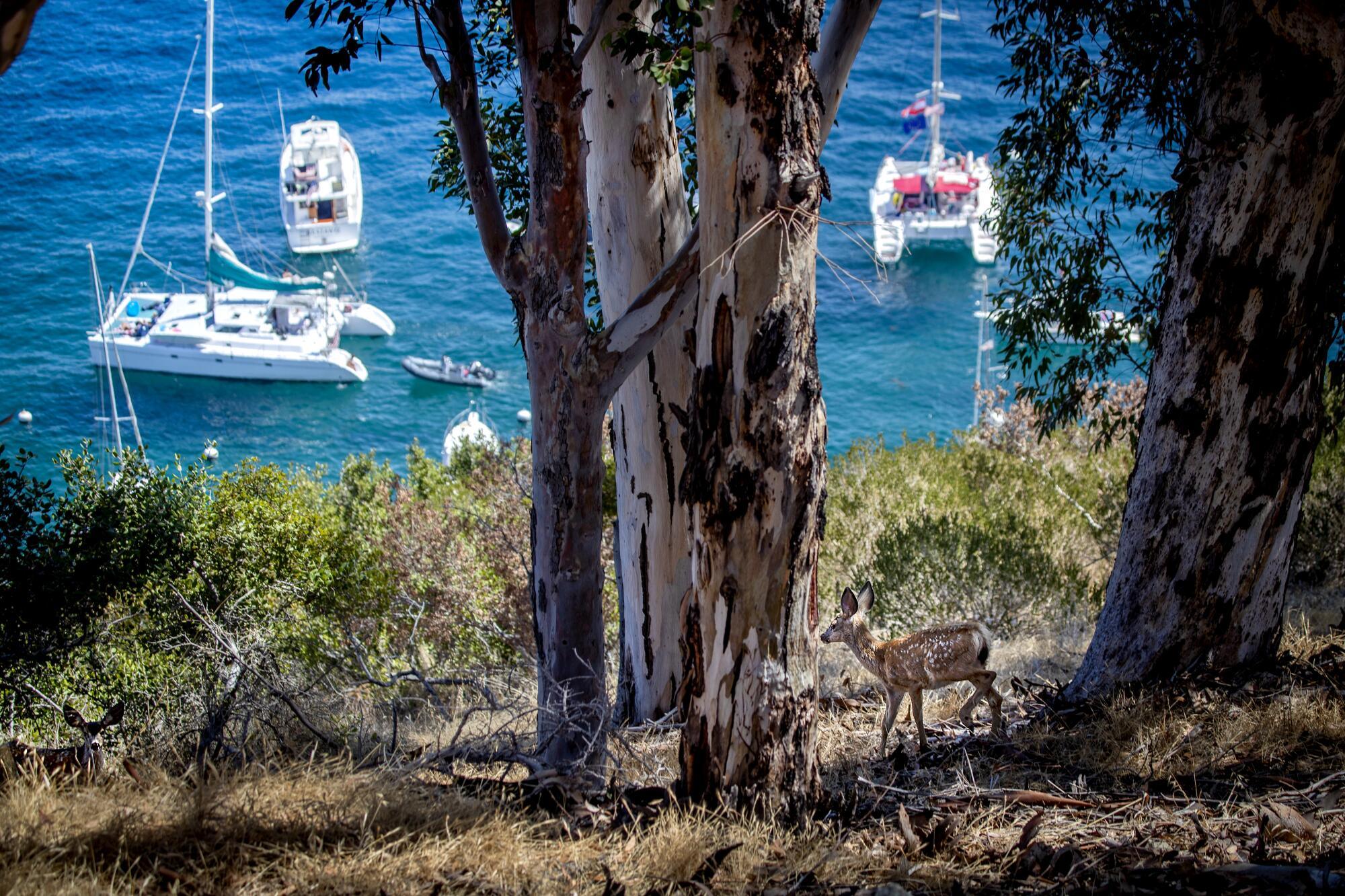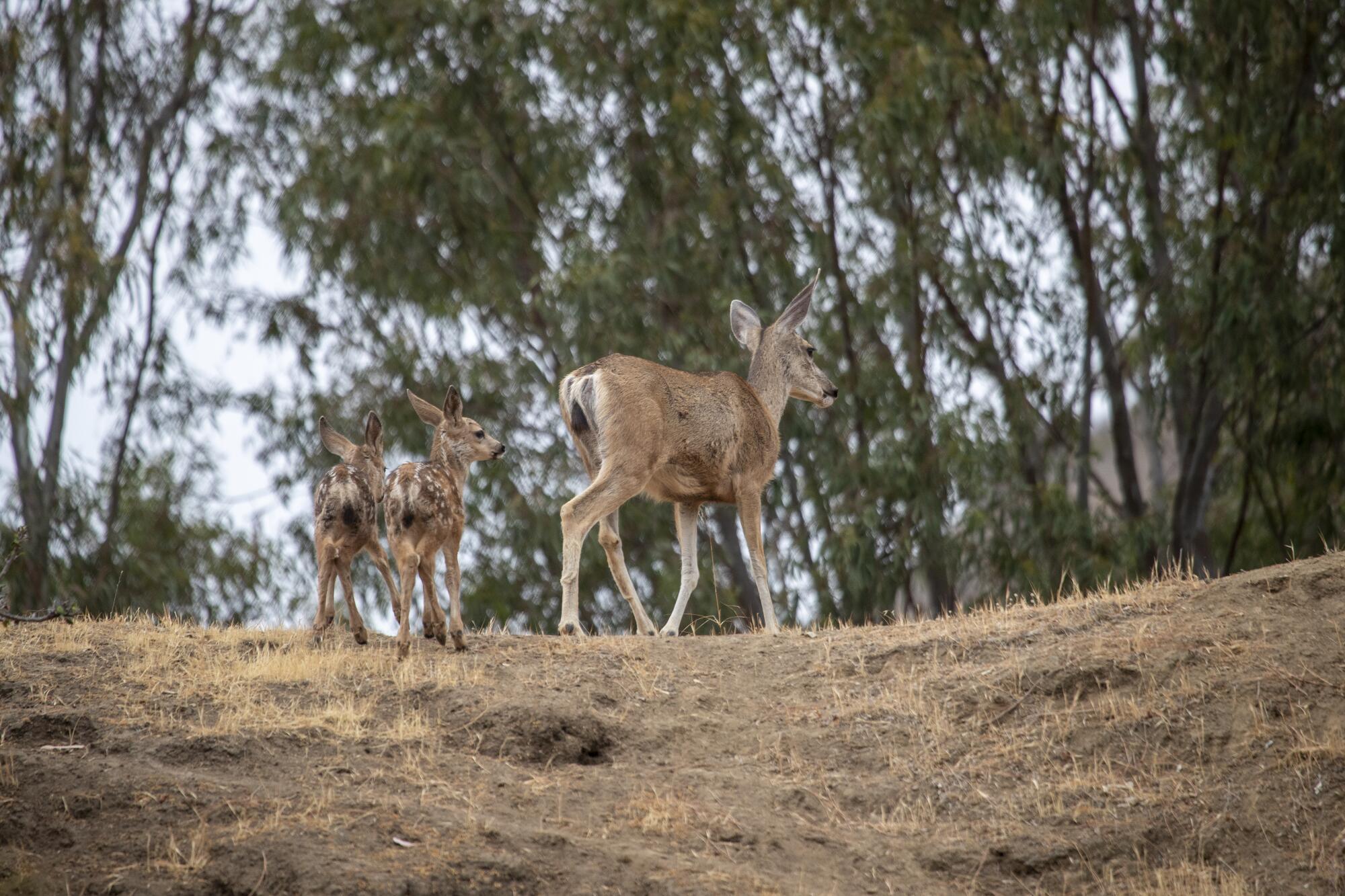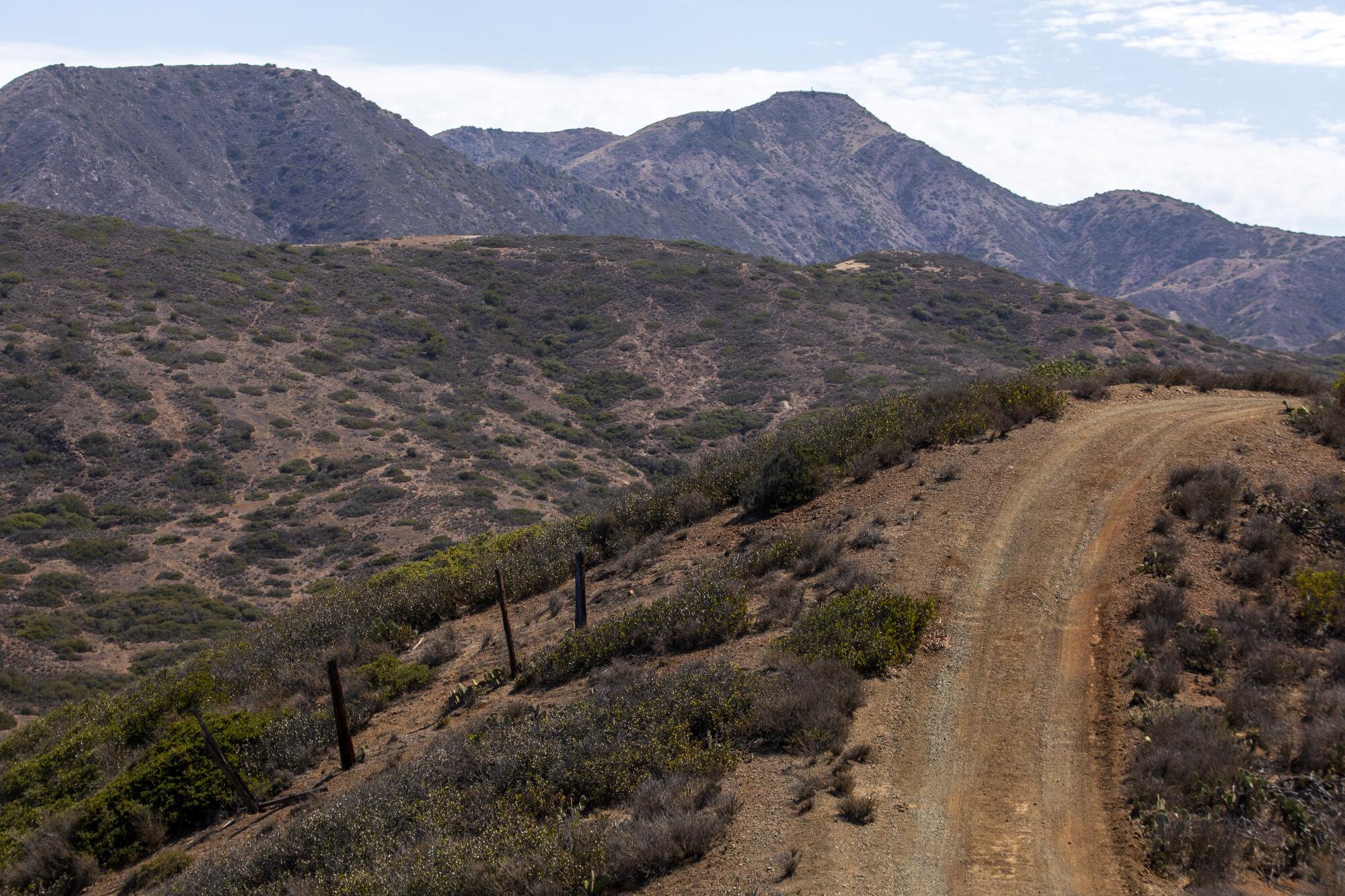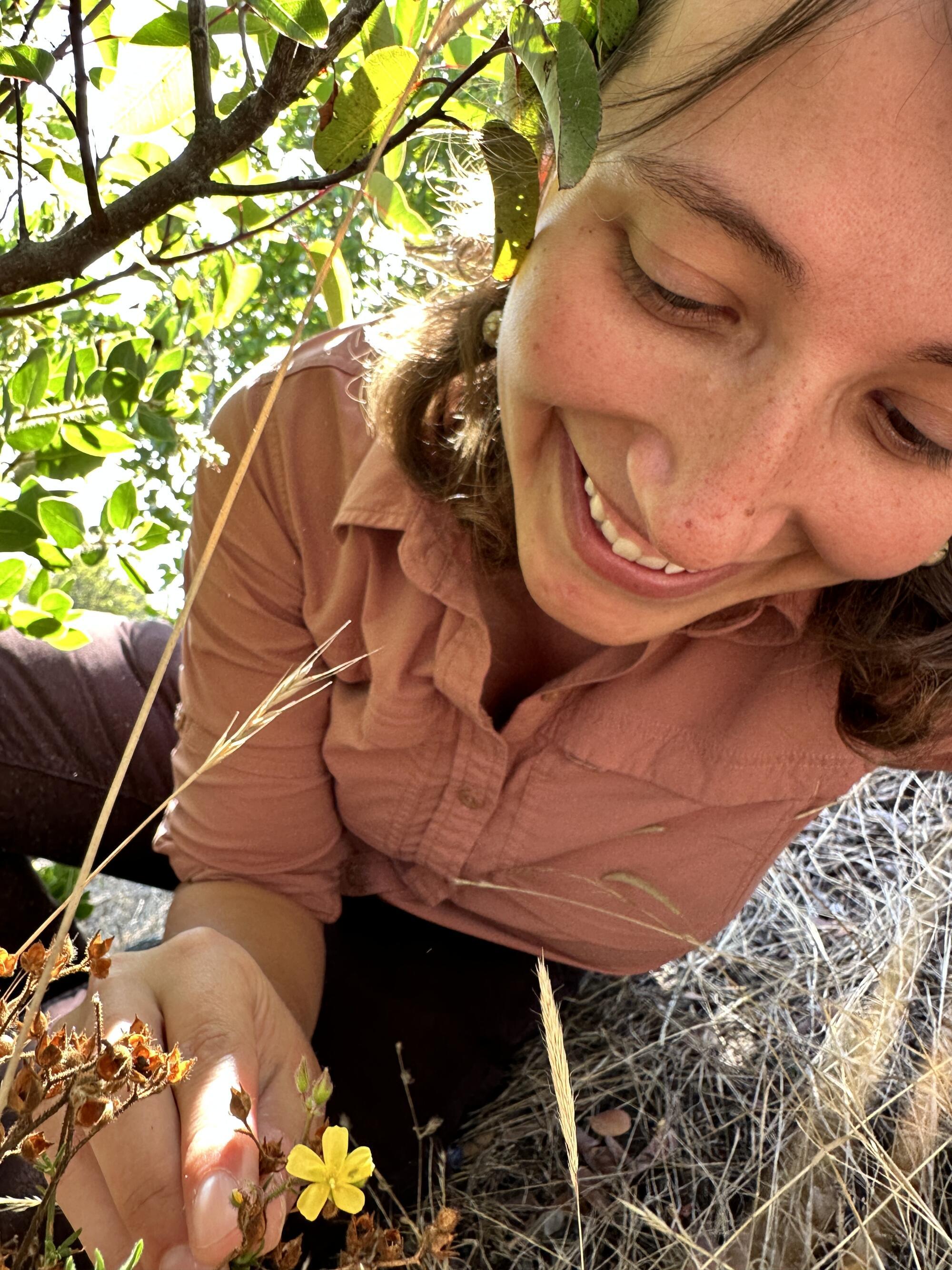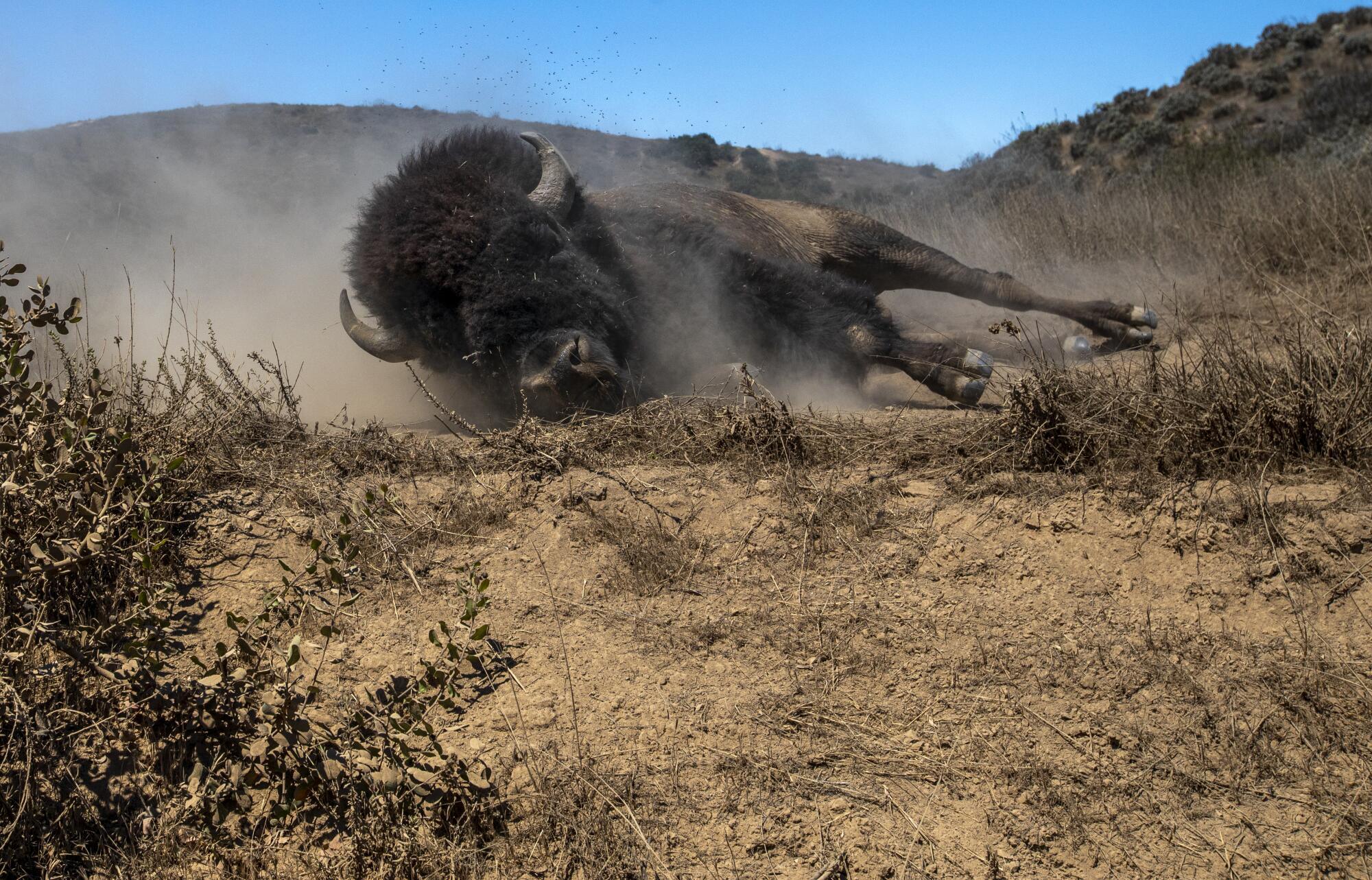Wedgy
Well-Known Member
- Joined
- Feb 9, 2013
- Messages
- 3,278
There's got to be a better way....
________________________________________________________________________________________________
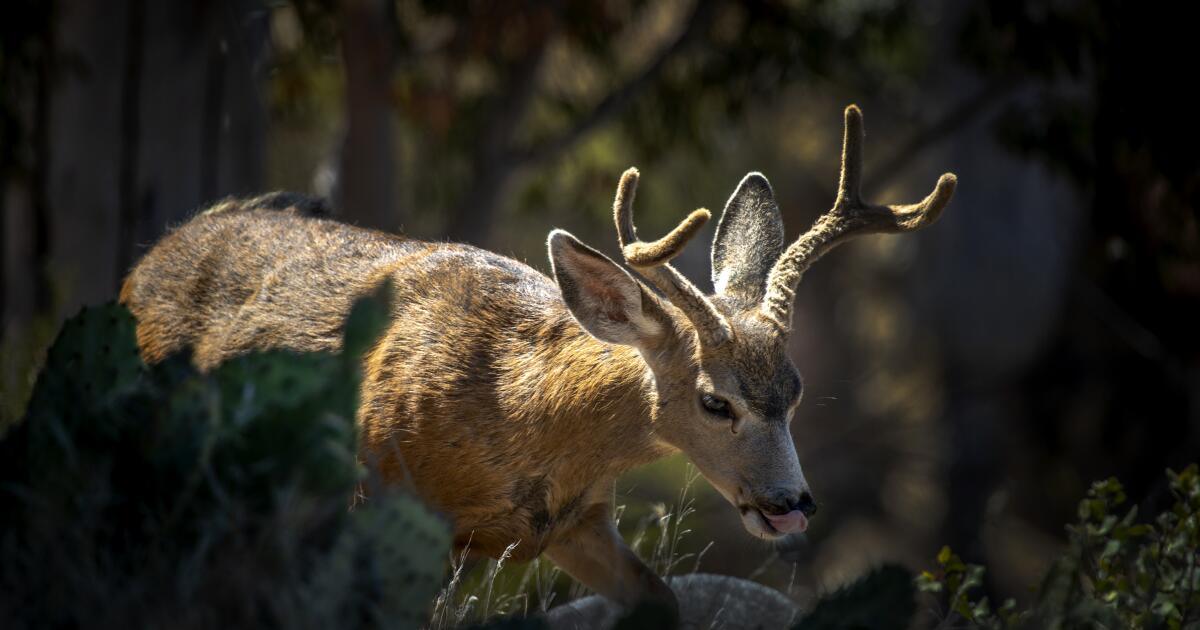
 www.latimes.com
Catalina officials propose bold deer mitigation plan amid uncontrolled population growth
www.latimes.com
Catalina officials propose bold deer mitigation plan amid uncontrolled population growth
The mule deer population is taking a toll on the ecosystem on Catalina Island, and officials have proposed a bold new plan to help save the island's native animal and plant species.
According to the Los Angeles Times, a plan put forward by the Catalina Island Conservancy that would use "helicopter-mounted sharpshooters" to kill the invasive deer has prompted some backlash.
However, the group believes there's no other choice.
"The situation has become untenable for the deer and for the island's ecology, leaving the island at a tipping point," reads a statement on the Catalina Island Conservancy website. "After consulting with the California Department of Fish and Wildlife, it has been determined that a strategic deer management program is required to implement the overall plan to revive the island's ecosystem."
The deer are destroying native plants and habitats by trampling and destroying native plants and habitats, and due to them not having a natural predator, their population grew exponentially, the conservancy said.
They also contribute to vegetation destruction and soil erosion, as well as threatening the endemic and threatened species on the island, including the Catalina Island Fox, the Catalina California Quail, the Santa Catalina Island Shrew and other unique animals and plants only found on Catalina.
The island's deer population is eight to ten times the density of the mainland, the Catalina Island Conservancy said.
Residents, however, are not as keen on the idea of hunting the deer down in order to cull the population.
A petition started by a group called Save our Catalina Mule Deer claims that those who live on the island weren't given enough time to conduct their own research, discuss their ideas and "register their humane concerns" with the plan.
"There are several areas of concern that we, as citizens of the State of California, urge the California Department of Fish and Wildlife to consider sufficient to deny the current application…" the petition said. "These include, but are not limited to, questions about scientific integrity, cultural relativity, humane considerations and our legal rights…to be a greater part of the process."
A Catalina resident told the L.A. Times that many of his fellow islanders don't want the deer to go away, but that the conservancy "concluded that the only good number of deer in Catalina is zero."
It is legal to hunt on Catalina Island as long as all the requirements are met, deer included. Hunters must notify the conservancy no later than two days after harvest and return tags no later than five days after harvest.
________________________________________________________________________________________________

Desperate to rid Catalina of invasive deer, officials propose bold helicopter hunt
Invasive mule deer are pushing native plants to the brink on Catalina Island. Officials want to hunt animals from helicopters.
The mule deer population is taking a toll on the ecosystem on Catalina Island, and officials have proposed a bold new plan to help save the island's native animal and plant species.
According to the Los Angeles Times, a plan put forward by the Catalina Island Conservancy that would use "helicopter-mounted sharpshooters" to kill the invasive deer has prompted some backlash.
However, the group believes there's no other choice.
"The situation has become untenable for the deer and for the island's ecology, leaving the island at a tipping point," reads a statement on the Catalina Island Conservancy website. "After consulting with the California Department of Fish and Wildlife, it has been determined that a strategic deer management program is required to implement the overall plan to revive the island's ecosystem."
The deer are destroying native plants and habitats by trampling and destroying native plants and habitats, and due to them not having a natural predator, their population grew exponentially, the conservancy said.
They also contribute to vegetation destruction and soil erosion, as well as threatening the endemic and threatened species on the island, including the Catalina Island Fox, the Catalina California Quail, the Santa Catalina Island Shrew and other unique animals and plants only found on Catalina.
The island's deer population is eight to ten times the density of the mainland, the Catalina Island Conservancy said.
Residents, however, are not as keen on the idea of hunting the deer down in order to cull the population.
A petition started by a group called Save our Catalina Mule Deer claims that those who live on the island weren't given enough time to conduct their own research, discuss their ideas and "register their humane concerns" with the plan.
"There are several areas of concern that we, as citizens of the State of California, urge the California Department of Fish and Wildlife to consider sufficient to deny the current application…" the petition said. "These include, but are not limited to, questions about scientific integrity, cultural relativity, humane considerations and our legal rights…to be a greater part of the process."
A Catalina resident told the L.A. Times that many of his fellow islanders don't want the deer to go away, but that the conservancy "concluded that the only good number of deer in Catalina is zero."
It is legal to hunt on Catalina Island as long as all the requirements are met, deer included. Hunters must notify the conservancy no later than two days after harvest and return tags no later than five days after harvest.
Last edited:

